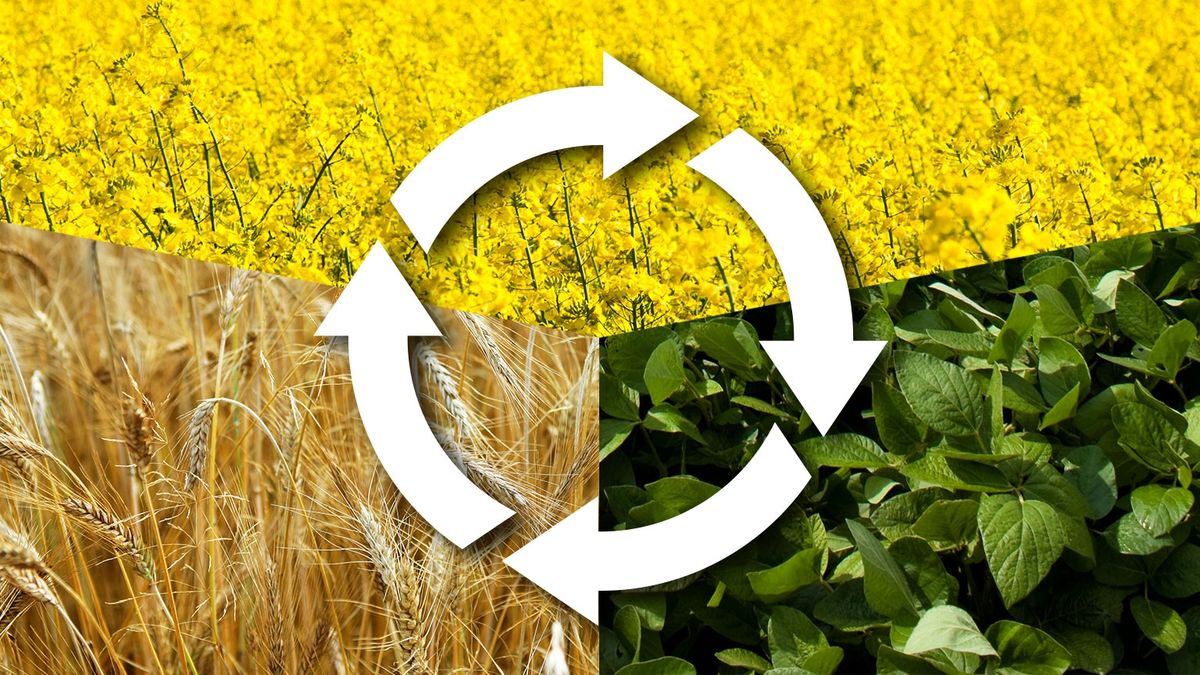
Why does the Earth rotate? The Earth rotates because of the way it was formed. When the solar system was just a swirling cloud of gas and dust, particles began to collide and stick together, forming larger and larger clumps. As these clumps grew, they started to spin due to the conservation of angular momentum. This spinning motion continued as the clumps merged to form the Earth. The Earth's rotation is a remnant of this initial spin. Over billions of years, this rotation has remained mostly unchanged, giving us day and night. Gravity and inertia work together to keep the Earth spinning on its axis.
Earth's Rotation
Earth's rotation is a fascinating phenomenon that affects everything from day and night cycles to weather patterns. Let's dive into some intriguing facts about Earth's rotation.
- Earth rotates on its axis once every 24 hours, creating day and night.
- The axis of rotation is tilted at an angle of 23.5 degrees, which causes the seasons.
- Earth rotates from west to east, making the Sun appear to rise in the east and set in the west.
- The speed of Earth's rotation at the equator is about 1,670 kilometers per hour (1,037 miles per hour).
- Due to Earth's rotation, the planet bulges slightly at the equator and flattens at the poles.
- The rotation speed decreases as you move from the equator to the poles.
- Earth's rotation is gradually slowing down due to tidal forces caused by the Moon.
- This gradual slowdown means that days are getting longer by about 1.7 milliseconds per century.
- The Coriolis effect, caused by Earth's rotation, influences wind and ocean current patterns.
- Earth's rotation is responsible for the phenomenon of the Foucault pendulum, which demonstrates the planet's rotation.
Rotation of Other Planets
Not only Earth rotates, but other planets in our solar system also have unique rotational characteristics. Here are some cool facts about the rotation of other planets.
- Mercury has the slowest rotation of all the planets, taking about 59 Earth days to complete one rotation.
- Venus rotates in the opposite direction to most planets, a phenomenon known as retrograde rotation.
- A day on Venus is longer than a year on Venus; it takes 243 Earth days to rotate once but only 225 Earth days to orbit the Sun.
- Mars has a rotation period very similar to Earth's, taking about 24.6 hours to complete one rotation.
- Jupiter has the fastest rotation in the solar system, completing one rotation in just under 10 hours.
- Saturn's rotation is also rapid, taking about 10.7 hours to complete one rotation.
- Uranus rotates on its side, with an axial tilt of 98 degrees, making its rotation unique among the planets.
- Neptune's rotation period is about 16 hours, making it one of the faster rotating planets.
Rotation in Space
Rotation isn't limited to planets. Many objects in space exhibit rotational motion. Here are some interesting facts about rotation in space.
- The Sun rotates on its axis, taking about 25 days to complete one rotation at its equator and about 35 days at its poles.
- Stars can rotate at incredibly high speeds, with some rotating hundreds of times faster than the Sun.
- Black holes can also rotate, and their rotation can affect the space-time around them.
- Galaxies rotate, with the Milky Way galaxy taking about 225 million years to complete one rotation.
- The rotation of galaxies can be used to measure their mass and the presence of dark matter.
- Asteroids and comets also rotate, with some having very irregular rotation periods.
Human-Made Objects and Rotation
Human-made objects in space also exhibit rotation. Here are some facts about the rotation of satellites and spacecraft.
- Satellites often rotate to stabilize their orientation and ensure their instruments are correctly pointed.
- The International Space Station (ISS) rotates to maintain its orientation relative to Earth and the Sun.
- Spacecraft use gyroscopes and reaction wheels to control their rotation and orientation in space.
- Some space missions, like the Hubble Space Telescope, require precise control of rotation to capture clear images of distant objects.
Spinning to a Close
Rotation affects our daily lives in ways we often overlook. From the Earth's rotation giving us day and night to the rotation of planets influencing weather patterns, it's a fundamental force. Gyroscopes help keep planes and ships stable, while rotating machinery powers industries. Even in sports, the spin on a ball can change the game. Understanding rotation helps us appreciate the mechanics behind many everyday phenomena.
Whether it's the rotation of celestial bodies or the simple act of spinning a top, rotation is everywhere. It's a concept that bridges the gap between science and daily life, making it both fascinating and practical. So next time you see something spinning, take a moment to think about the forces at play. Rotation isn't just a scientific principle; it's a part of our world that keeps things moving smoothly.
Was this page helpful?
Our commitment to delivering trustworthy and engaging content is at the heart of what we do. Each fact on our site is contributed by real users like you, bringing a wealth of diverse insights and information. To ensure the highest standards of accuracy and reliability, our dedicated editors meticulously review each submission. This process guarantees that the facts we share are not only fascinating but also credible. Trust in our commitment to quality and authenticity as you explore and learn with us.
